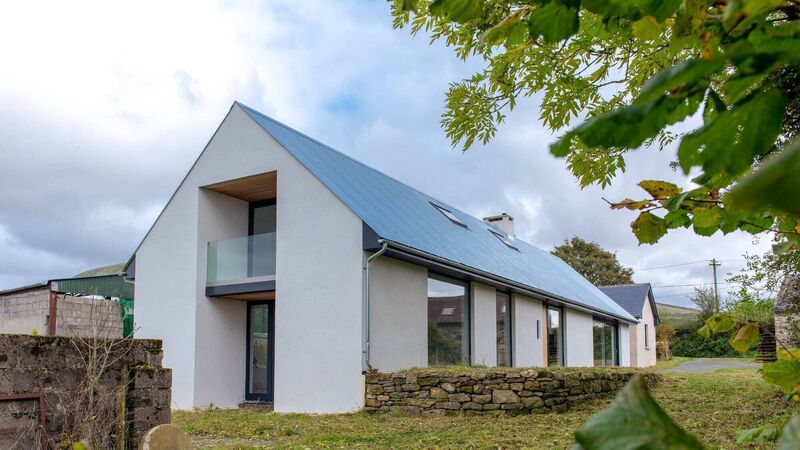The steps to renovating and extending an old Irish farmhouse

A farmhouse retrofit in County Wicklow by Studio Red Architects. The project arose out of an RIAI Simon Open Door consultation. Peter Grogan
Hi Kieran,
I have a question about renovating a typical Irish farmhouse — three-up, two-down — in east Cork. Do you think it would be difficult to achieve planning to add to the building, either on one or two storeys? Would the first step be to show the plans to an architect and would architects usually have an idea if it would be approved? Thanks very much, Marian
Hello Marian,













